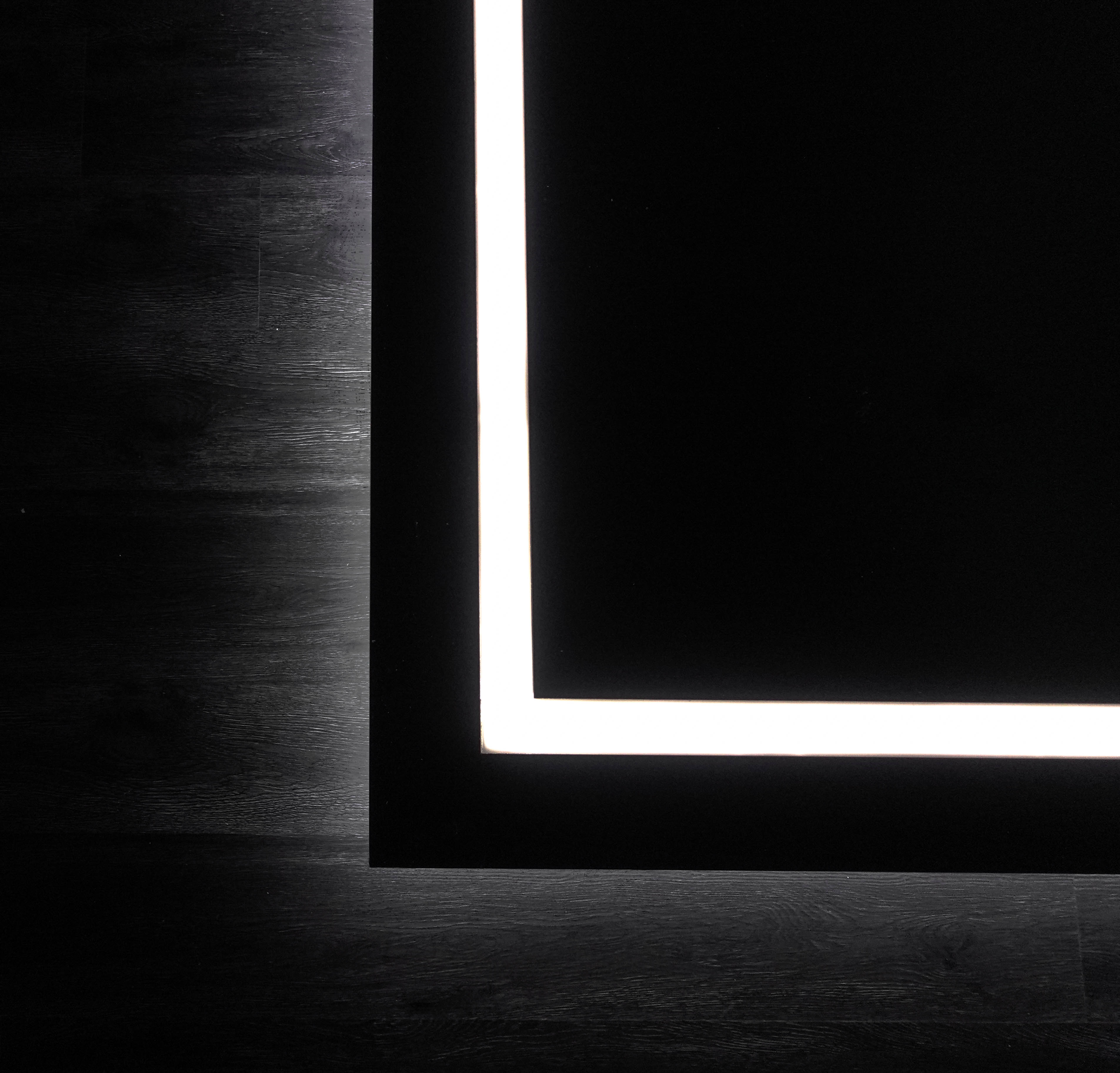The art of interior design goes beyond mere decoration; it is the alchemy that transforms spaces into captivating havens of beauty and functionality. An interior designer, akin to a visionary artist, possesses the ability to perceive the potential in empty rooms and elevate them to new heights. Through a delicate balance of aesthetics, functionality, and individuality, these skilled professionals have the power to breathe life into living spaces. In this article, we delve into the world of interior designers, exploring their crucial role in shaping our environments and the impact they have on our daily lives.
Interior designers are masters of spatial arrangement, color psychology, and creative problem-solving. They work closely with clients to understand their needs, preferences, and lifestyle, translating their vision into tangible design concepts. Their expertise extends to both residential and commercial projects, with each endeavor demanding a unique approach. Whether it’s a cozy home, a chic office space, or a luxurious hotel, interior designers carefully curate elements that align with the desired ambiance and purpose of the space.
One of the fundamental aspects of an interior designer’s skill set is their eye for aesthetics. They possess an innate ability to combine textures, patterns, and furniture in ways that create visually stunning compositions. From selecting the perfect color palette to integrating statement pieces, they orchestrate a symphony of design elements that not only harmonize but also reflect the personality of the space’s inhabitants. In this pursuit, they must stay updated with the latest trends and design innovations to offer cutting-edge solutions to their clients.

Beyond aesthetics, functionality is a core principle that governs the work of an interior designer. They take into account the flow of interior designer movement within a space, ensuring that every element serves a purpose while maintaining a sense of coherence. It involves understanding how occupants will interact with the space and anticipating their needs. For instance, an efficient kitchen layout that optimizes workflow or a well-organized office space that enhances productivity are examples of how interior designers blend functionality seamlessly with aesthetics.
In recent years, sustainable design practices have gained prominence, and interior designers have embraced this shift towards eco-consciousness. They source materials and furnishings that are environmentally friendly, reducing the carbon footprint of their projects. Integrating natural elements into interiors, such as daylight, greenery, and biophilic design, not only contributes to environmental sustainability but also enhances the well-being and connection of occupants with their surroundings.
The impact of an interior designer’s work extends far beyond the physical appearance of a space. It can significantly affect the mood, emotions, and behavior of the people who inhabit it. Thoughtfully designed environments have the power to uplift spirits, foster creativity, and create a sense of harmony within one’s living or working space. Moreover, interior designers are skilled in optimizing small spaces, making them appear larger, and creating a sense of openness. This talent is particularly valuable in urban settings where space is often a luxury.
